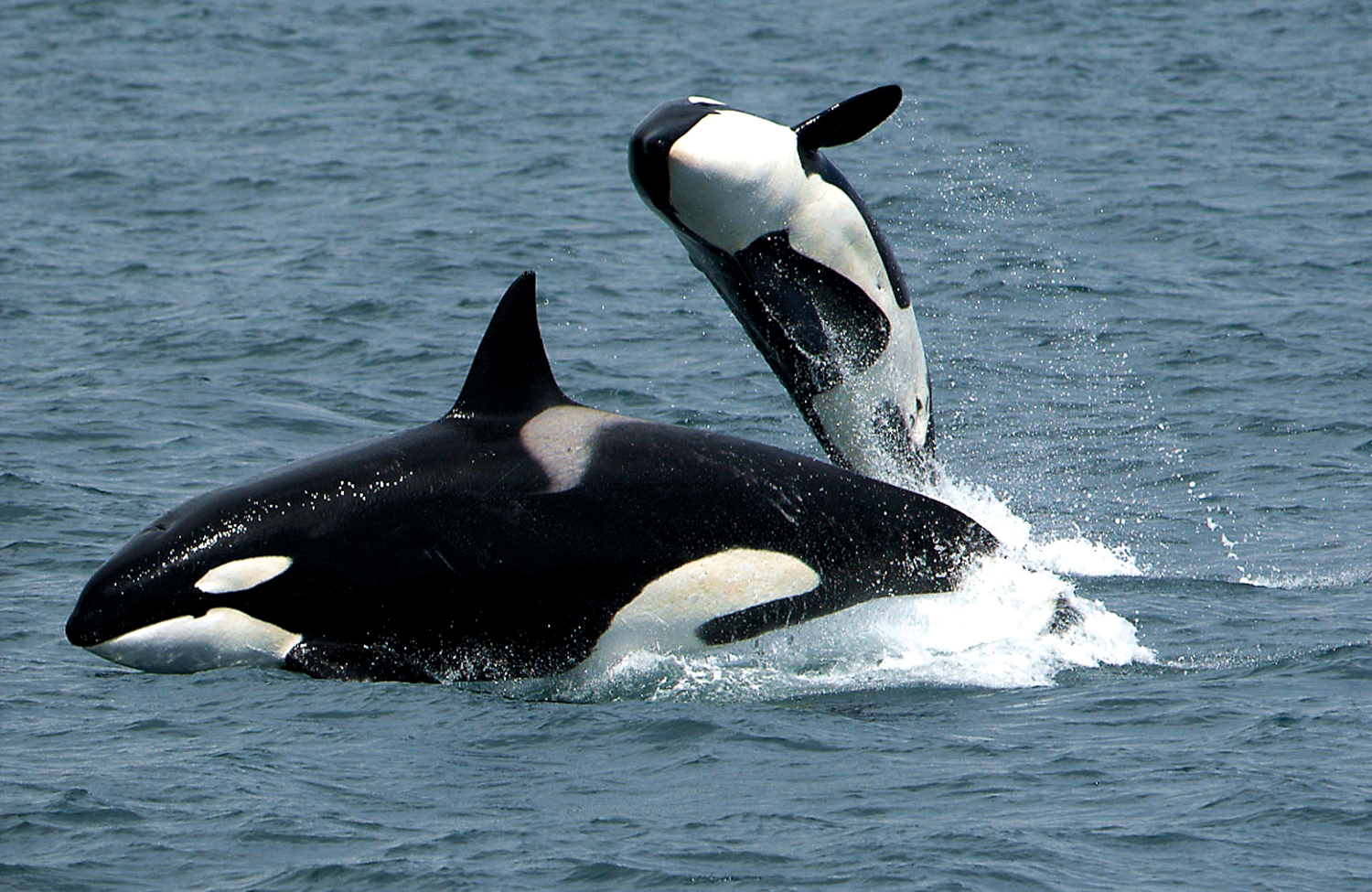

Fraser River chinook, one of the most important food sources for southern resident killer whales, are in steep decline and should be listed for protection as an endangered species,a Canadian independent science committee said.
The Committee on the Status of Endangered Wildlife in Canada, an independent advisory board to the Canadian federal government, issued a grim list of species at risk of extinction this month.
Among the animals are some of the most beloved in Canada, from its biggest bear, the polar bear, to its biggest salmon - chinook.
The decline of chinook in the Fraser and its largest tributary, the Thompson River, over just three generations is so steep some runs areat historic lows, others have dwindled to just a few hundred fish,and others cratered by more than 50 percent.
The news comes as southern resident killer whales are battling extinction in part because of lack of adequate prey. Chinook salmon are the most important part of their diet during much of the year -and Fraser and Thompson river chinook are crucial eating for the whales in the summer time.
“This is a big deal,” said Brad Hanson, wildlife biologist at the Northwest Fisheries Science Center in Seattle, who among other scientists has extensively studied what the orcas are eating, when,and where the fish came from.
“You are looking at animals depending on a large number of stocks of chinook that are either threatened or endangered throughout their range,” Hanson said.
“Part of how they evolved is they can move relatively rapidly throughout the entire range to respond to changes of availability,”he said of the whales. “But the problem is if the availability is down all over, they don’t have many options.”
Fraser runs have been depressed for years. What is new is the depth of the decline, and how many runs are in trouble.
The committee assessed 13 of the 16 populations of chinook salmon as at risk: eight as endangered; four as threatened and one as special concern. All will be considered for listing and protection under the Canadian Species at Risk Act.
John Neilson, an independent fisheries scientist based in Comox, BC,co-chaired the marine fish subcommittee of the advisory panel.
He said the Fraser and Thompson river declines are linked to a combination of factors, including poor ocean survival conditions,warming river temperatures and agricultural water withdraws from the rivers. The Fraser has no major dams.
Of 16 runs, the majority are in serious decline and only one is improving in terms of overall numbers, Neilson said. “There are at least a couple of populations in which we are seeing some of the lowest numbers on record.”
Upper Fraser chinook are particularly important to the southern residents because of their bigger size. However, the run has declined by 49 percent over the last three generations, or 12-and-a-halfyears, and now is at risk of extinction, Neilson said.
The Committee on the Status of Endangered Wildlife is an expert scientific advisory group established under the Species at Risk Act to assess the status of wildlife in Canada.
The committee’s status assessments are based on reports prepared by independent experts, informed by scientific research, as well as community and indigenous traditional knowledge.
Following a committee assessment, the Canadian federal government must determine whether to list that species for protection under the Species at Risk Act, in consultation with multiple communities and organizations to consider the economic and social implications of a listing.
Some said protection is long overdue.
“This confirms what we have been saying for years,” said Christianne Wilhelmson, executive director of the Georgia Straits Alliance, a nonprofit conservation group. “That is the hammer that legally requires protection, no matter what government is in power.”
Department of Fisheries and Oceans Canada (DFO) is already moving forward with measures to support chinook salmon stocks, said Jocelyn Lubczuk, press secretary for DFO and the Canadian Coast Guard.
The agency has committed 61.5 million dollars to help southern resident killer whales, including investments to strategically rebuild and protect chinook.
To protect endangered southern resident killer whales for the 2018season, DFO introduced new salmon fishery cutbacks to increase preyavailability and reduce disturbance from salmon fishing in three key southern resident foraging areas: the Strait of Juan de Fuca, Gulf Islands and the mouth of the Fraser River.
Additional measures implemented in 2018 are intended to reduce harvest of chinook stocks by 25 to 35 percent in northern and southern BC. — tca/dpa
Oman Observer is now on the WhatsApp channel. Click here



